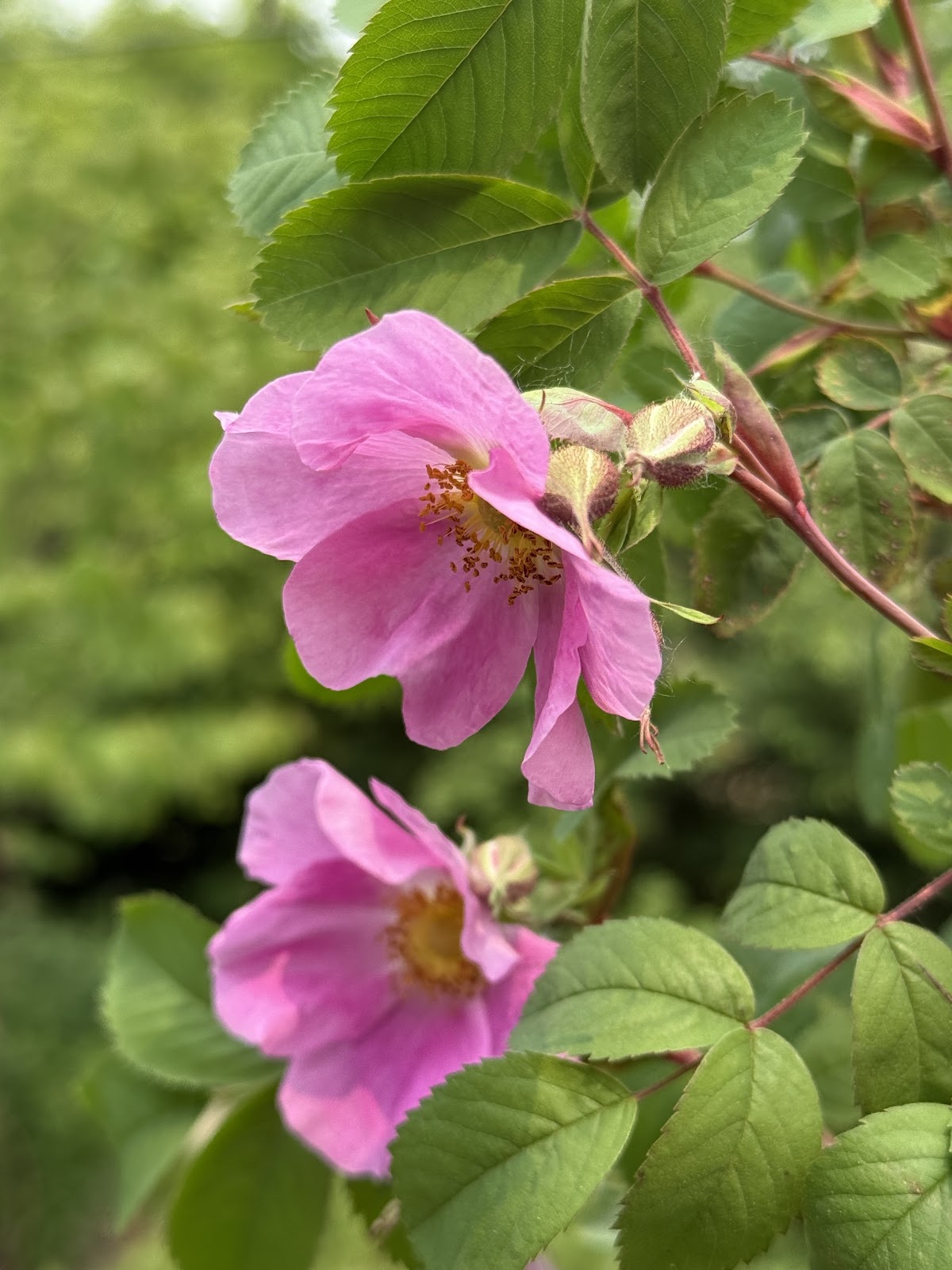Wild Ones' Spring Native Plant Resource Fair
TUESDAY | MAY 20, 2025
6:00 pm - 8:00 pm
Open to Public from 6:00 to 8:00 pm
Richfield Community Center, 7000 Nicollet Ave
May is a busy time in our gardens, so much to prep while we await the arrival of all those native plants we ordered or planted from seed! There is always something new to learn, especially in this rapidly changing climate.
Wild Ones Twin Cities has invited professional native plant landscape designers, experienced Wild Ones members and partners who share our mission to offer tips and answer questions on native plant habitat gardening. Information will be available on plant selection for Minnesota gardens, garden site care and maintenance, how to transplant winter sown seedlings, landscape design, flora fauna relations, pollinator lawn areas and all of the education resources provided by our chapter.
Thank you to our partners and professionals who accepted our invitation.
WILD ONES PARTNERS
Altlawns of Richfield and Bloomington
Learn how to tease out new native seedlings from winter sown jugs. Plant it into a newspaper pot to take home. Learn about our hyper-local community supporting one another while creating habitat in lawns, patios, and balconies.
Blue Thumb – Planting for Clean Water®
Blue Thumb is a network of clean water and native plant stewards creating change to bridge the gap between knowledge and action by offering resources and programs to Minnesotan residents. We'll have planting templates and other native plant info to share with folks at the event.
The Xerces Society
The Xerces Society is an international nonprofit that protects the natural world through the conservation of invertebrates and their inhabitants. Areas of education, research, and advocacy include pollinator conservation, endangered species conservation, and reducing pesticide use and impacts.
Friends of Minnehaha Park
Our organization was founded in April 2023, out of our common love for the Minnehaha Regional Park and awareness that the park needs our care and our support. We coordinate environmental stewardship events, engaging with volunteers to support restoration events such as invasive species removal, planting, seeding and litter cleanup events.
Nokomis Naturescape
Learn about the 4-acre Nokomis Naturescape at Lake Nokomis, installed in 1998. This beautiful landscape has inspired community programs that demonstrate (gardens), educate (Grow Home Habitat), and celebrate (Minneapolis Monarch Festival). We strive to showcase the ecological importance and the unique joy of growing native plant habitat everywhere you can!
Minnesota Bird Coalition
Learn how to protect birds at home by preventing window collisions and creating bird-friendly habitat. Our booth features hands-on displays, giveaways, and simple steps you can take to make a big impact.
Izaak Walton League of America - Bush Lake Chapter
The Izaak Walton League of America is one of the earliest conservation organizations to set an aggressive course to defend wild America by changing public policy. The Bush Lake Chapter continues this rich legacy today, raising awareness of important environmental issues. Visit our table to learn about our current concerns and how you can help.
Minnesota Dragonfly Society
Ensuring the Conservation of Minnesota’s Dragonflies and Damselflies through Research and Education.
Pollinator Ambassadors
Plant it and they will come! Learn about the diversity of pollinators that visit our native plants. Test your knowledge playing a Pollinator Trivia game. Presented by Pollinator Ambassadors and the University of Minnesota Bee Lab.
PROFESSIONALS AND MEMBER BUSINESSES
ReWild Native Gardens
ReWild Gardens creates natural, intentional habitat spaces that beautify the landscape while also supporting a myriad of important native insect and bird species. Gardens that utilize native plants and embrace pollinator-friendly practices provide nectar, pollen and sustenance for butterflies, bees and other beneficial organisms – giving them support for their entire life cycle. ReWild provides planning, installation and maintenance services for new and established wildlife-friendly natural plantings in the metro area.
Pasque Ecological Design
Pasque Ecological Design specializes in sustainable landscape architecture design services, including designs that emulate, restore, or preserve native plant communities; designs that draw out the regional beauty of native plant communities; sustainable stormwater management; edible gardens; healing gardens; and nature based classrooms and playgrounds. Clients include residential, commercial, public, and institutional clients, including, schools and faith based communities.
Earthwise Organic Consulting
Over 30 years experience of organic management of landscape, garden and turf, focusing on regenerating soils and plantings that thrive and heal the Earth. We can help you plan a way forward through overwhelming choices with effective, sustainable results. Alternative turf, all native bee lawns, inexpensive bed preparation and creating a healthy environment for families and pollinators.
Agrarian Seed
Agrarian Seed & Garden is a practical garden center that suits the needs and curiosities of casual and serious gardeners alike. We offer a diverse selection of seeds, vegetable plants, herbs, flowers, native and non-native perennials, tools, and an assortment of other useful products.
Garden Variety Art by Holley Wlodarczyk
My art and patterns are inspired by the beauty, diversity and interactivity of native plants and the wildlife they attract and support. Designs featuring birds, butterflies, bees and pollinators that visit my habitat gardens decorate sustainably made products that bring a bit of nature into everyday life.
WILD ONES EDUCATION AND MERCHANDISE
Wild Ones Twin Cities will offer all of our most popular educational resources plus merchandise, including plant signs* and books. We'll also have a special "What's In a Bee Lawn" information table for our urban landscapes. This is a follow up about availability and options to seed mixes and ideas referenced in our February panel.
*If you would like to pre-order native plant signs to pick up during the Spring Resource Fair, please fill out this form and email to wotcsigns@gmail.com by Sunday, May 18th. Thank you!
2024 Resource Fair photos in pic collage by Ava McKnight. Thank you Altlawns of Richfield and Bloomington for your contributions to this event.















